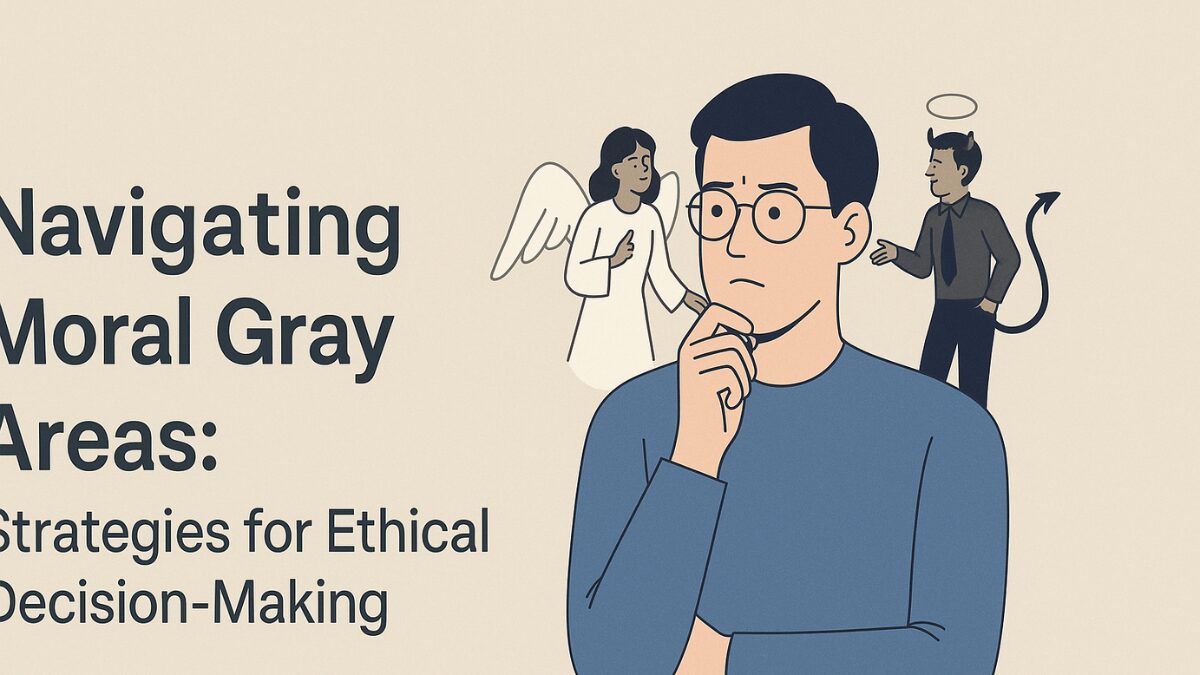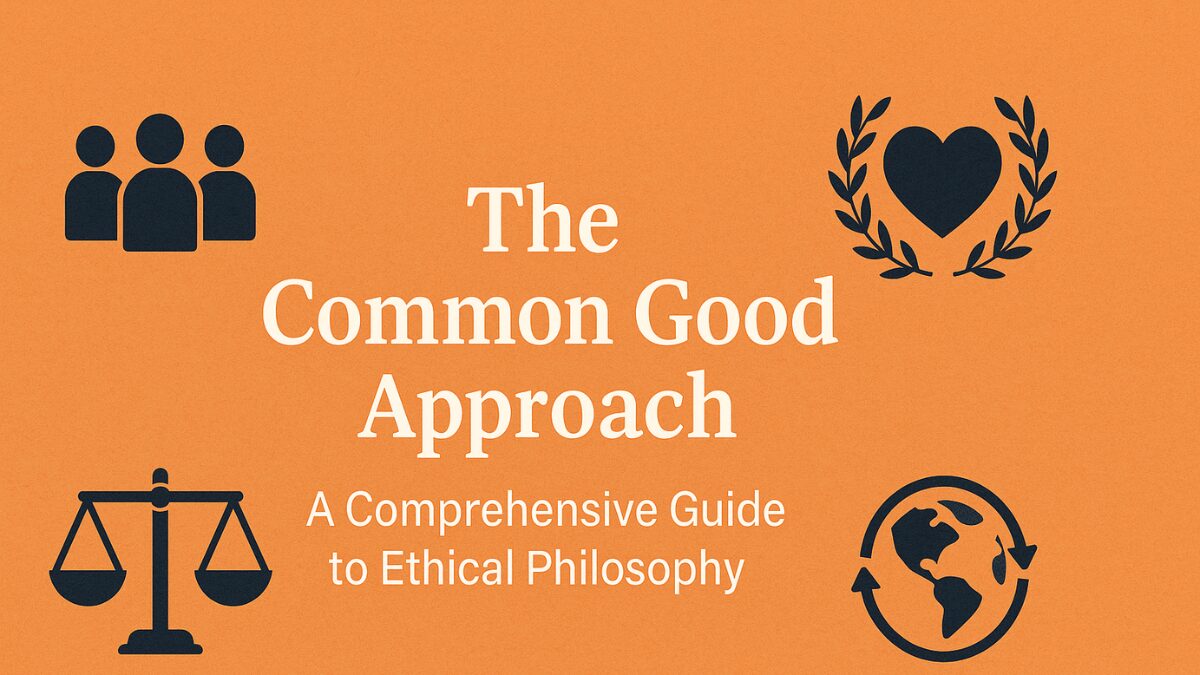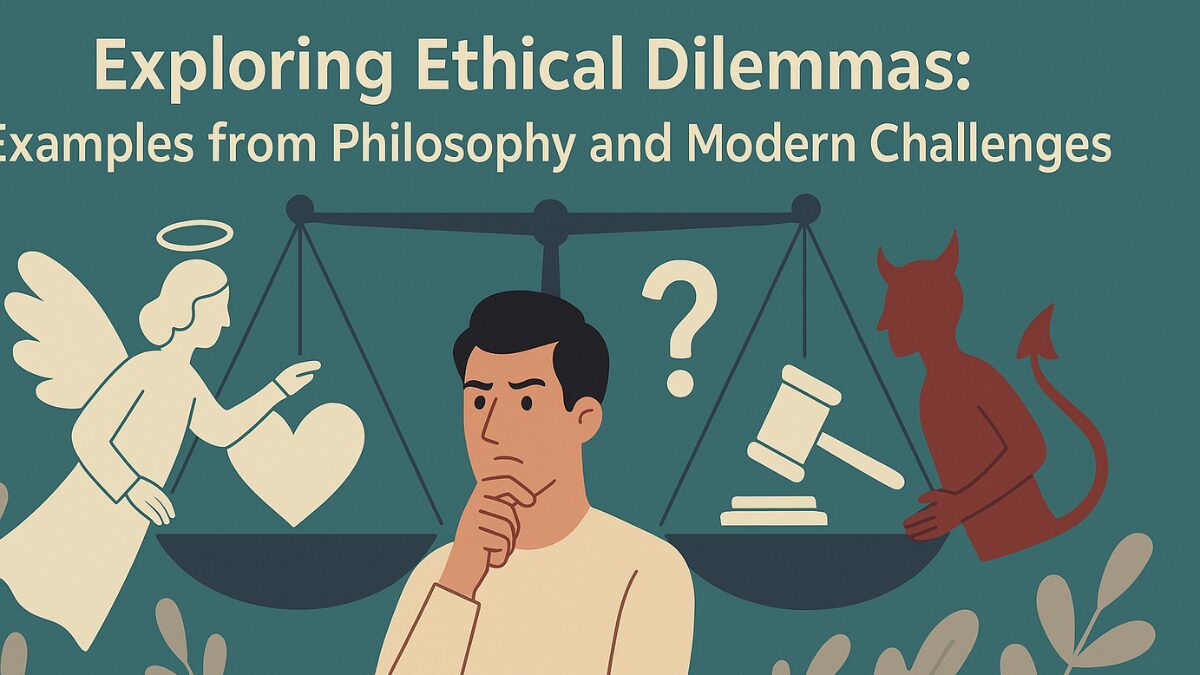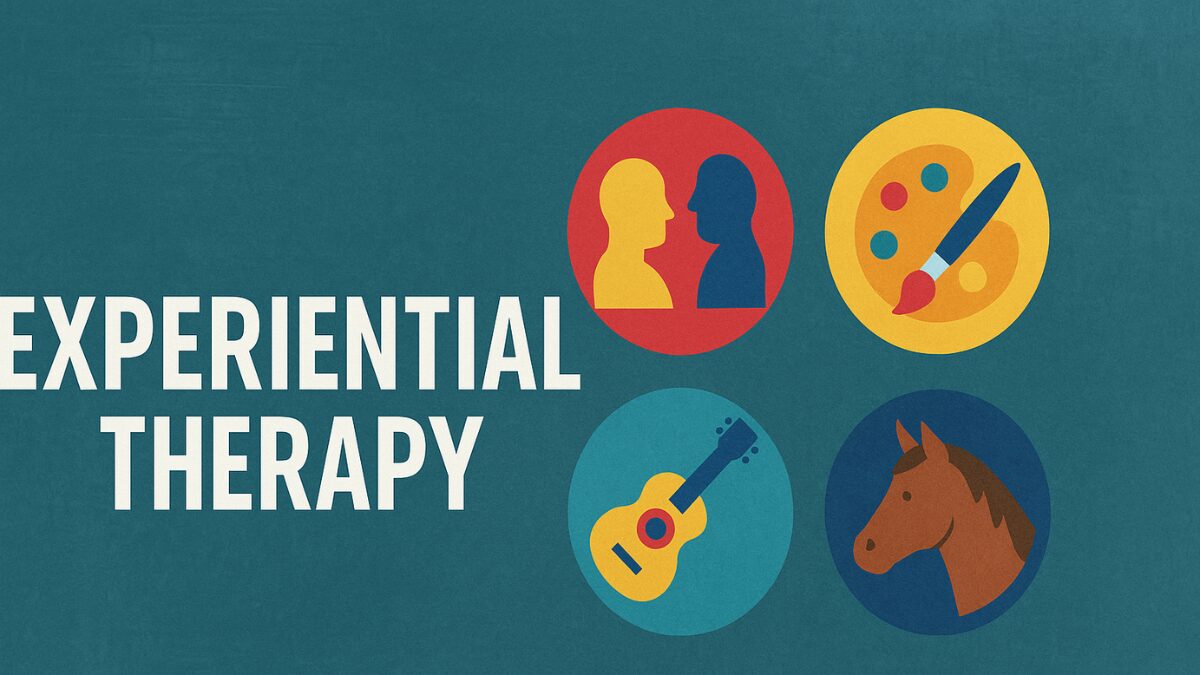Learn how to navigate moral gray areas with effective ethical decision-making strategies. Explore real-world examples, tips, and tools to enhance moral clarity and integrity.
Introduction: What Are Moral Gray Areas?
Moral gray areas are situations where right and wrong aren’t easily distinguishable. Unlike black-and-white ethical dilemmas, these situations blur boundaries and often involve conflicting values, responsibilities, or outcomes. For instance, telling a white lie to spare someone’s feelings or whistleblowing on a friend’s unethical behavior are common moral gray areas.
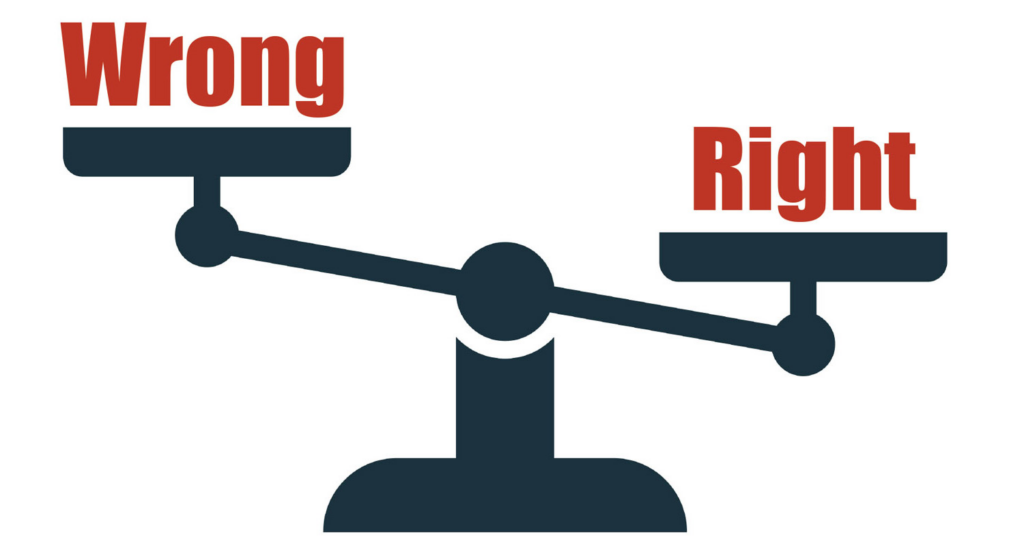
In a world increasingly defined by diversity, complexity, and rapid change, navigating moral gray areas requires thoughtful strategies. Ethical decision-making is not about always being “right” but about being conscious, consistent, and compassionate in the choices we make.
Why Navigating Moral Gray Areas Matters
Whether you’re a business leader, healthcare professional, student, or simply navigating daily life, moral ambiguity is inevitable. How you respond affects not only your personal integrity but also the trust and respect of others.
Navigating moral gray areas effectively:
- Strengthens personal and professional credibility
- Reduces guilt and anxiety from tough decisions
- Encourages fairness and empathy in interactions
- Promotes a values-driven lifestyle and leadership approach
Understanding Ethical Frameworks
Ethical frameworks are structured approaches used to evaluate what’s morally right or wrong. They are essential tools in navigating moral gray areas.

Common Ethical Frameworks:
| Ethical Theory | Description | Example |
|---|---|---|
| Utilitarianism | Focuses on outcomes—choosing the action that results in the most good for the most people. | Laying off 10 workers to save 90 jobs. |
| Deontology | Emphasizes duty and rules, regardless of the outcome. | Never lie, even to protect someone. |
| Virtue Ethics | Based on character and virtues like honesty, courage, or compassion. | Acting kindly because it aligns with who you are. |
| Care Ethics | Stresses the importance of relationships and care in decision-making. | Putting a friend’s needs above formal rules. |
By understanding these frameworks, you can analyze moral gray areas from multiple perspectives, allowing for more balanced decisions.
Strategies for Ethical Decision-Making in Moral Gray Areas
1. Identify the Ethical Dilemma Clearly
Start by articulating the conflict. What values are in tension? Who is affected? Defining the moral problem is crucial for developing a rational solution.
2. Gather All the Relevant Facts
Facts clarify the situation and can sometimes resolve what initially seemed gray. Misunderstandings or assumptions often make problems look more ethically complicated than they are.
3. Consider All Stakeholders
Who will be impacted by your decision? Ethical choices require considering the needs, rights, and feelings of others. This step reduces self-centered decision-making and highlights broader consequences.
4. Examine Different Perspectives
Using multiple ethical frameworks helps uncover blind spots. For instance, what might be the utilitarian view versus a deontological one?
5. Consult Trusted Individuals or Ethical Codes
Sometimes, we need outside input. Speaking with mentors, using professional codes of ethics, or referring to company policies can provide guidance in confusing moments.
6. Assess Long-Term Implications
Ask yourself: How will this decision impact my values, reputation, and relationships in the long run? Avoid shortcuts that feel easy now but compromise future integrity.
7. Align with Your Core Values
Moral clarity often comes from knowing what matters most to you. When in doubt, ask: Does this decision align with who I want to be?
Real-Life Examples of Moral Gray Areas
Let’s look at scenarios that demonstrate ethical complexity:
| Scenario | Ethical Gray Area |
|---|---|
| A doctor lies to calm a panicked patient. | Compassion vs. honesty |
| An employee uses office supplies for personal use. | Convenience vs. integrity |
| A student sees a peer cheat but says nothing. | Loyalty vs. responsibility |
| A leader covers for a failing teammate to protect the team. | Team spirit vs. accountability |
These examples show that navigating moral gray areas often involves difficult trade-offs between conflicting values.
Tools That Help in Ethical Decision-Making
Ethical Decision-Making Models
- The PLUS Model:
Policies, Legal, Universal, and Self – evaluates actions based on organizational rules, laws, fairness, and personal standards. - The Potter Box Model:
Four steps: Facts, Values, Principles, and Loyalties. It’s a reflective approach often used in journalism and business ethics.
Personal Journaling
Writing your thoughts can bring clarity. Document the dilemma, your feelings, and why you lean toward certain decisions.
Role-Playing and Simulation
In corporate training or classrooms, simulations help practice ethical choices without real-life consequences.
The Role of Emotional Intelligence
Emotions play a major role in moral decision-making. Emotional intelligence (EQ) helps you:
- Recognize your own biases or emotional reactions
- Respond with empathy rather than judgment
- Communicate ethically and clearly under pressure
Developing EQ enhances your ability to pause, reflect, and act wisely in morally complex situations.
Challenges in Navigating Moral Gray Areas
Despite best intentions, ethical decision-making is not always straightforward. Key challenges include:
- Cultural Differences: What’s ethical in one culture might not be in another.
- Peer Pressure: Workplace environments or groupthink can silence ethical instincts.
- Ambiguity: Not all situations come with a clear right or wrong path.
- Fear of Consequences: Standing by ethical principles can be risky socially or professionally.
Recognizing these barriers is essential to overcome them.
How Organizations Can Support Ethical Behavior
Companies and institutions also face moral gray areas—such as data privacy, environmental responsibility, and employee rights.

Ways organizations can promote ethical decisions:
- Clear codes of ethics and conduct
- Training programs on ethical reasoning
- Safe environments for whistleblowing
- Ethical leadership from top-down
By fostering a culture of integrity, organizations empower employees to act ethically even in gray situations.
FAQs About Navigating Moral Gray Areas
1. What is a moral gray area in simple terms?
A moral gray area is a situation where it’s hard to tell what’s right or wrong because values or responsibilities conflict.
2. How do emotions affect ethical decision-making?
Emotions can bias judgment but also guide empathy and compassion. Awareness of emotions improves decision quality.
3. Can two people make opposite decisions and both be ethical?
Yes. Different values or frameworks can lead to different yet ethically justifiable decisions.
4. Are moral gray areas the same in all cultures?
No. Cultural norms and values shape what is considered ethical, making gray areas highly context-dependent.
5. What is the best ethical framework to use?
There’s no one-size-fits-all. Using multiple frameworks together gives a more balanced perspective.
6. How can I teach kids about moral gray areas?
Use age-appropriate stories and scenarios to discuss values, consequences, and empathy.
7. Is it unethical to prioritize personal gain in gray areas?
Not always. If personal gain doesn’t harm others and aligns with core values, it may be ethically acceptable.
8. Can technology help in ethical decision-making?
Yes. Decision-support tools, AI ethics models, and data visualization can aid ethical analysis.
9. Should companies punish employees who act unethically in gray zones?
It depends. If the ethics code was unclear or no harm was caused, training might be more appropriate than punishment.
10. How can I become more confident in my moral decisions?
Practice reflection, seek feedback, learn from past experiences, and continuously align actions with values.
Conclusion
Navigating moral gray areas is an essential life skill that requires self-awareness, empathy, critical thinking, and courage. Whether you’re dealing with workplace ethics, personal dilemmas, or leadership challenges, the strategies for ethical decision-making outlined here can guide you through ambiguity.
By understanding ethical frameworks, applying thoughtful tools, and reflecting on real-world examples, you can make decisions that honor both your values and the people around you. In a world where the lines are often blurred, striving to act ethically—even when it’s difficult—makes all the difference.




